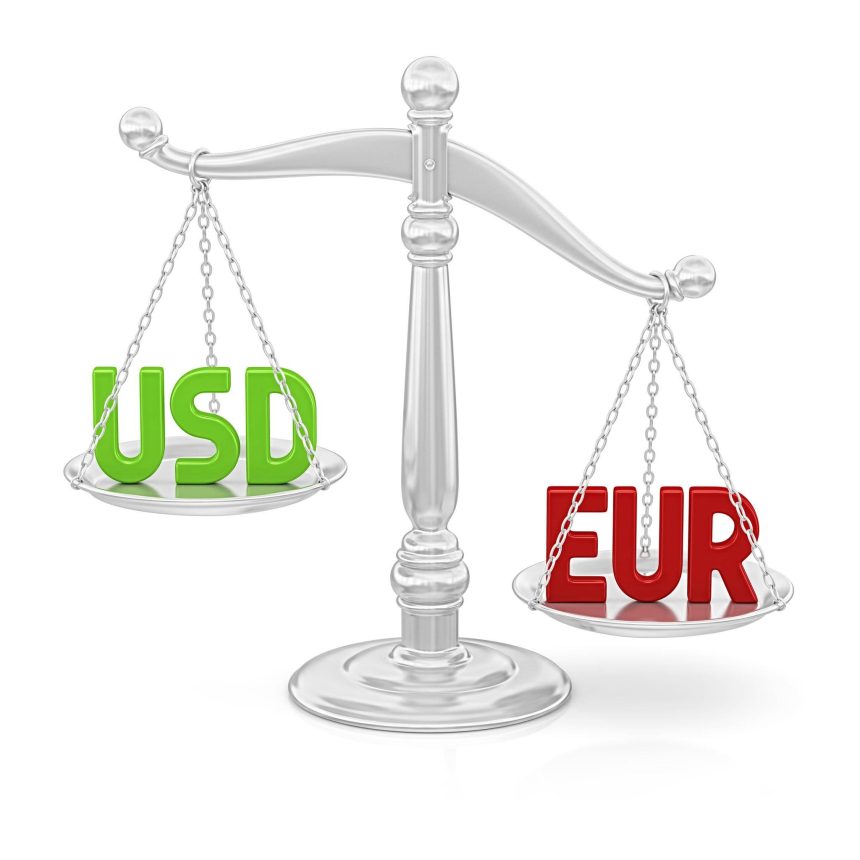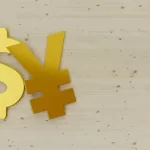EURUSD Rebounds as Trade Optimism Grows and Dollar Retreats.
The EURUSD pair recovered strongly on Friday, rebounding from a three-week low of 1.1200 to trade near 1.1260 during European hours. The recovery was triggered as the US Dollar (USD) softened after hitting its highest level in nearly a month earlier in the session. The US Dollar Index (DXY), a measure of the greenback’s strength against a basket of six major currencies, fell from 100.85 to approximately 100.40, reversing a sharp climb fueled by risk aversion and expectations of prolonged high interest rates.
This decline in USD demand came ahead of the high-stakes US-China trade talks scheduled for Saturday in Switzerland, prompting investors to adjust positions and lighten their exposure to the Dollar.
Trade Talks Steal the Spotlight
Investor attention is firmly fixed on the outcome of Saturday’s trade meeting between the United States and China. The talks represent a potential turning point in the long-running tariff war that has weighed on global trade, corporate investment, and GDP growth. If both sides signal a willingness to compromise, global risk sentiment could surge, hurting demand for the safe-haven US Dollar and supporting risk-sensitive currencies like the Euro.
Historically, the EURUSD pair tends to benefit from positive geopolitical developments that reduce global uncertainty. As the market prepares for the US-China meeting, any perceived progress toward de-escalation could catalyze a broader risk-on rally across equities and forex markets.
Lutnick Signals Hope for Progress
Adding to investor optimism, US Commerce Secretary Howard Lutnick expressed confidence in progress during the upcoming discussions. In an interview with CNBC, Lutnick stated, “De-escalation and bringing rates down are the goal for China,” and that the US is likely to “roll out more deals over the next month.” His comments followed the announcement of a new trade deal between the US and the United Kingdom, which boosted hopes that Washington may adopt a more conciliatory approach with other key trading partners.
Lutnick’s remarks suggest the Biden administration may be leaning toward pragmatic diplomacy to secure economic gains heading into the next US election cycle. Market participants are closely watching for tangible signs of easing trade tensions, particularly any reduction in tariffs on Chinese goods.
Tariff Rollback in the Works?
Fueling speculation, the New York Post reported that President Donald Trump may lower tariffs on Chinese imports to a range between 50% and 54% as early as next week. Although the report remains unconfirmed, it has introduced another layer of volatility to market expectations.
White House spokesperson Kush Desai refrained from validating the claim, leaving investors to speculate on possible outcomes. Still, the report underscores the growing pressure on Washington to resolve trade disputes as inflation remains a top concern and consumer confidence continues to fluctuate.
Euro Benefits from Dollar Retreat
Despite dovish commentary from European Central Bank (ECB) officials, the Euro (EUR) gained ground on Friday, riding on the back of USD weakness. The single currency’s advance helped push EUR/USD higher, even though the ECB reinforced its cautious stance on growth and inflation.
Typically, dovish ECB rhetoric weighs on the Euro, but in this case, the market responded more to shifting sentiment around the US Dollar and global trade dynamics than to Eurozone-specific risks.
Rehn Flags Weak Growth Outlook
ECB Governing Council member and Finnish central bank governor Olli Rehn added to concerns about the Eurozone’s economic trajectory. In an interview with Bloomberg, Rehn emphasized that the region’s disinflationary trend remains intact and that the growth outlook continues to deteriorate. He hinted that further monetary easing could be required if the ECB’s June forecasts confirm these trends.
“If the disinflation and weakening growth are confirmed, then the appropriate response would be a rate cut,” Rehn said. His remarks aligned with recent ECB communications suggesting that the central bank is ready to act if inflation expectations fall below target again.
ECB Committed to 2% Target
Despite the grim economic outlook, ECB officials reiterated their commitment to bringing inflation back to the 2% symmetric target over the medium term. With Eurozone inflation still struggling to gain sustained upward momentum, the central bank remains in a wait-and-watch mode, balancing its dovish stance against rising geopolitical and trade-related risks.
Interestingly, Rehn’s comments did not trigger significant selling pressure on the Euro, highlighting how USD dynamics and external headlines are currently the primary drivers of the EUR/USD pair.
EU Responds to US Tariffs
Adding to the geopolitical backdrop, the European Commission launched a public consultation paper on Thursday proposing countermeasures to US tariffs. The paper outlines potential retaliatory measures on up to €95 billion of US goods, slightly below Bloomberg’s earlier report of €100 billion.
If trade talks between the US and EU stall, these countermeasures could be implemented, further inflaming trade tensions and adding downside risk to the Eurozone’s fragile recovery.
ECB policymaker Gediminas Šimkus acknowledged the potential impact of these measures, stating that “Eurozone inflation depends on EU retaliation to the US.” His comments underscore the interconnected nature of monetary policy, inflation trends, and trade relations.
Key Levels Hold for EURUSD
Technically, EUR/USD’s ability to hold above the 1.1200 psychological support level is noteworthy. This level has historically served as a strong pivot, and the pair’s rebound from it suggests underlying buying interest. A decisive move above 1.1260 could pave the way for a test of 1.1300, which acts as the next major resistance zone.
Short-term momentum indicators, such as the Relative Strength Index (RSI), remain neutral near 50 on the 4-hour chart, leaving room for further upside if bullish momentum builds. However, traders remain cautious, given the high-impact risk event over the weekend.
Markets on Edge Ahead of Weekend Talks
The broader market tone remains cautious as traders avoid aggressive positioning ahead of the weekend. Risk sentiment could shift dramatically based on headlines out of the US-China trade meeting. A constructive tone or preliminary agreement could spark demand for risk assets, benefiting the Euro and pushing the Dollar lower.
Conversely, a breakdown in talks or renewed trade threats could revive demand for the USD and put renewed pressure on EUR/USD, particularly if sentiment in equities and commodities also sours.
Yield Spreads Narrow
The narrowing yield spread between German bunds and US Treasuries also played a subtle role in supporting the Euro. As US Treasury yields have declined modestly due to trade uncertainty, the relative yield advantage of the Dollar has diminished. This development makes the Euro slightly more attractive from a yield differential perspective, though the gap still heavily favors the Dollar in the medium term.
What’s Next for EURUSD?
The coming days will be pivotal for EURUSD. In addition to the outcome of the US-China meeting, next week’s economic calendar includes:
- US CPI Data – A key determinant of future Fed policy. A hot inflation print could revive rate hike speculation.
- ECB Minutes – Traders will analyze the tone of the April meeting minutes to assess future rate decisions.
- German ZEW Economic Sentiment – Provides an early look at investor confidence in the Eurozone’s largest economy.
- US Retail Sales – Another major metric to gauge US consumer resilience amid high rates.
These data points, combined with geopolitical developments, will likely dictate whether the EURUSD pair continues to climb or faces renewed downside pressure.
[faq-schema id=”39543″]









